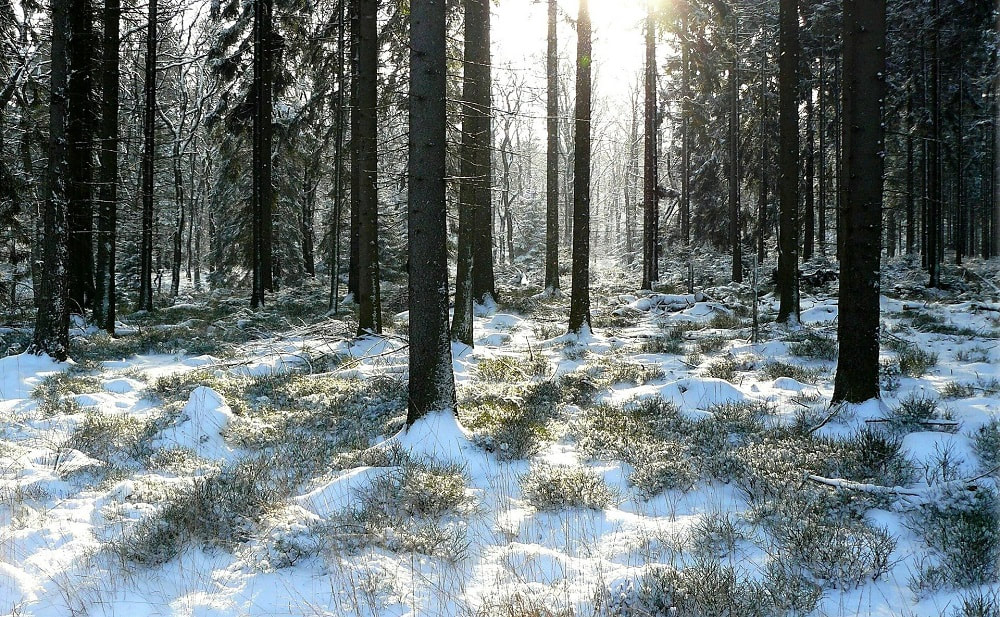|
Have you ever walked past a tree in the park or looked out of your window at a tree in your garden and wondered "what happens to trees in the winter?". It's a fascinating question! The fact is that trees are miraculous lifeforms that can often go unnoticed as we go about our daily lives. There are various processes that are triggered in the autumn and multiple parts of a tree are impacted during the winter. Some unexpected parts of a tree grow and some parts become dormant and still require nutrients to survive in the winter just as with the rest of the year. Trees don't become ready for winter all at once but do it incrementally and the process begins in the autumn. It's a course of action that has repeated itself for countless years and is one of the primary reasons why trees have not gone extinct.
A Tree’s Metabolic Rate Decreases in the Winter Trees have to be able to survive freezing temperatures which means that they have to adjust in the winter. Unless a tree is from a tropical or subtropical region, it will survive the winter. But how? Basically, trees "winterize" themselves. Having too much water in their trunks can result in cracking and splitting. To prevent this from happening, trees keep water in their roots and allow the trunk to "dry out" so to speak. In fact, trees roots expand during the winter looking for new sources of water and nutrients. It's Cellular No, we don't mean mobile phones! Cellular is this context refers to the tree's cells. In winter, trees react on a cellular level to deal with freezing temperatures. The cells become more pliable during the winter months allowing them to expand and contract with the temperature changes. To Freeze or Not to Freeze? Regardless of how cold it actually gets during the winter; trees are prepared for freezing temperatures. They convert starch into sugar which will help prevent cells freezing much in the same way adding anti-freeze to your car will keep it from freezing. It is a gradual process that begins in the autumn. Trees are almost completely dormant for the winter months and only use what they need to survive and keep vital systems protected. Most trees shed their leaves in the autumn by releasing abscisic acid in preparation for the winter, with the notable exception of evergreens. When spring arrives, the whole process begins to reverse, and new growth soon appears on trees along with blooms. Tree Surgeon Essex Can Tend to Your Trees All Year Long Do you have a tree/s on your property that you would like us to cast our expert eyes over? Unsure if they are dead, diseased or simply in need of a good prune? Then call us today for a free visual quote to get them sorted out and off of your to do list.
0 Comments
Your comment will be posted after it is approved.
Leave a Reply. |
Categories
All
Archives
June 2023
|
|
Copyright © 2024 Tree Surgeon Essex
All rights reserved Our data and privacy policy Website designed by Perfect Layout Digital Marketing |
Hours: M-F: 8am-6pm
|
Tel: 01708 578 017 |
Email: [email protected]
|


 RSS Feed
RSS Feed


